As ubiquitous as it is universally recognizable, the stop sign has transcended the world of traffic to become the symbol used to warn anyone, inside a vehicle or out, to come to a halt. Stop sign history, however, shows the simple placard didn’t always have this much power. It took decades for stop signs to become commonplace and even longer for its design to be standardized.
Let’s take a look back at how the world’s most famous octagon came to be.
The Stop Sign Is Born
In 1867, at just 9 years old, William Phelps Eno experienced a life-altering event. The sight would be difficult to imagine today but was becoming all the more common at the time: a horse-and-carriage traffic jam. “There were only about a dozen horses and carriages involved, and all that was needed was a little order to keep the traffic moving,” he later wrote. “Yet nobody knew exactly what to do; neither the drivers nor the police knew anything about the control of traffic.”
Growing up in New York City in the late 1800s, Eno witnessed firsthand the chaos that was America’s nascent roadway system. When automobiles came around, the situation only got worse. The experience inspired Eno to devise numerous traffic-flow innovations – many still being used today – and earn him the title “The Father of Traffic Regulation.” He first suggested the idea of a stop sign in a 1900 article in The Rider and Driver, but it would be more than a decade until the first sign was installed in the country.
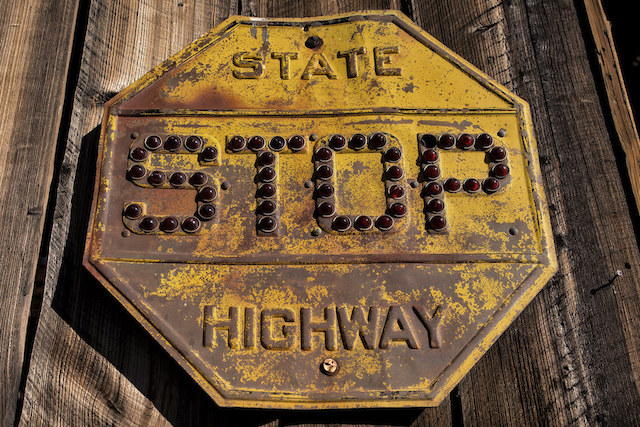
Stop Sign History Begins
The first stop sign in America was installed in Detroit, Mich., in 1915, although it would be unrecognizable to a driver today. It was a 2′ x 2′ white square sign with black lettering.
For the first several years of their existence, stop signs were made in a variety of shapes, sizes and colors. (There was little, if any, regulation or standardization in the early days of U.S. roadways.) If an individual or group constructed a street sign, it was done so any which way they desired. This resulted in signs such as the 40-foot sign in Tennessee that read “DRIVE SLOW – DANGEROUS AS THE DEVIL.” Another – adorned with a skull and crossbones symbol – warned, “DANGER GO SLO.” Understandably, this all proved to be quite confusing for motorists.
The Stop Sign Get Its Shape
In the fall of 1922, Wisconsin state highway engineer John T. Donaghey, Minnesota’s maintenance engineer Walter F. Rosenwald and Indiana’s Superintendent of Maintenance A. H. Hinkle traveled together throughout their home states, studying road signs in an attempt to develop universal designs.
The group created a plan, adopted by the Mississippi Valley Association of State Highway Departments in 1923, to classify street signs into shapes based on the level of danger. Since reflective paint hadn’t been invented, and there was little if any light on the road at night, they believed motorists could see the shape of the sign and act accordingly even if they couldn’t read the writing.
Before that point, most traffic signs were rectangular. So signs that provided direction or other regulatory information were kept rectangular. Signs that warned against the most dangerous situations – which at the time were railroad crossings – were circular. Stop signs fell in between and thus were given an octagonal shape.
In 1924, the American Association of State Highway Officials added a color element to traffic sign standardization. Members agreed that all danger and caution signs would be yellow, as this was the most visible color, particularly at night. Red was rejected as it would have been too difficult to see in low-light situations.
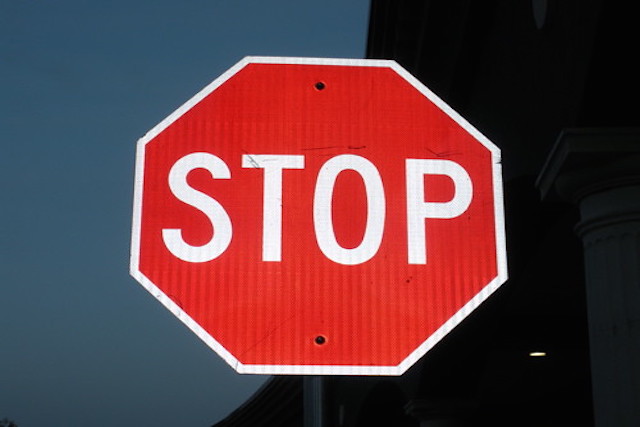
The Red Stop Sign Arrives
Stops signs remained yellow all the way into the 1950s. While the color, on its own, may have succeeded in gaining motorists’ attention, the stop sign still had difficulty standing out because its color scheme was identical to all other cautionary signs. It was clear it needed its own design.
Traffic signals used red to signal motorists to stop for years, so using the color for stop signs as well was a logical choice. In 1954, the federal government revised the Manual on Uniform Traffic Control Devices, the national standard of traffic control devices, to change the stop sign to the one we know today: a red-and-white octagon.
But if traffic signals had been using red for decades, why wasn’t it used on stop signs much earlier? It was a matter of practicality. The color red fades and wears off easily, and no material existed that could make a red sign last outdoors for a considerable amount of time. As such, stop signs remained yellow into the 1950s in 47 out of the 48 states.
“California always used only red stop signs,” says Gene Hawkins, a civil engineering professor at Texas A&M University and expert on the history of traffic control devices. “They could do that because their stop signs were porcelain and were either illuminated or retroreflectorized with cats eyes or retroreflective buttons.”
Indeed, it appears the federal government was simply waiting for technology to catch up to the times. “It is generally understood that the original decision to standardize on a yellow background for the Stop sign, rather than on the more logical red, was based largely on the unavailability of red pigments that would not fade on exposure,” the 1954 Manual on Uniform Traffic Control Devices states. “The recent achievement of dependable red finishes available in competitive materials, has made the red sign practical.”
What do you think of this brief look at the history of the stop sign? Did you learn anything new? Tell us in the comments.
For more stories from the past, head to our Auto History page to learn about the origins of everything from seat belts to cup holders.
53 Thoughts on “STOP for Stop Sign History”
Leave A Comment
Comments are subject to moderation and may or may not be published at the editor’s discretion. Only comments that are relevant to the article and add value to the Your AAA community will be considered. Comments may be edited for clarity and length.




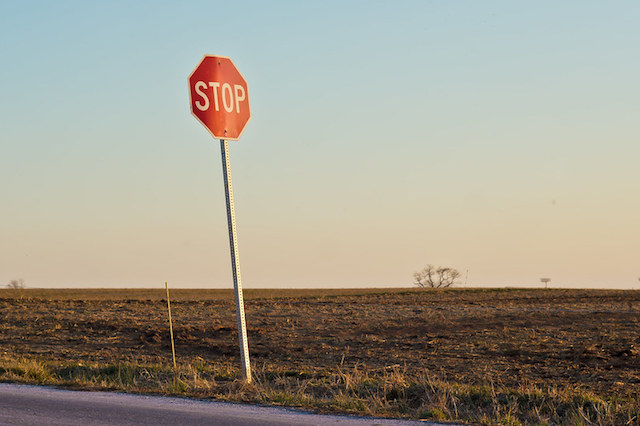









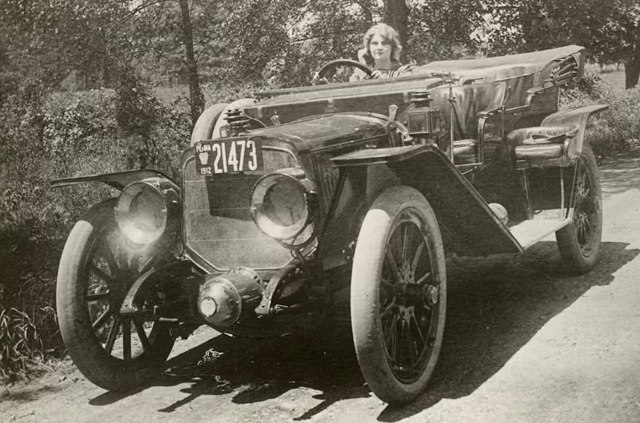

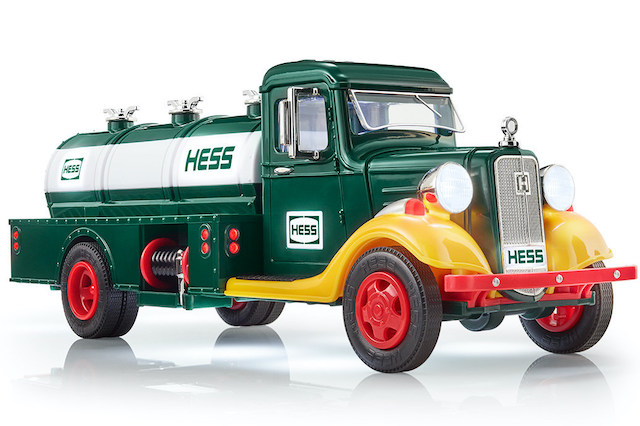


Nice article. However, it does not mention that the octagonal sign with the word “STOP” is standard in a wide variety of countries in Europe, Asia and latin America, in spite of differences of language and even script. The English word “stop” seems to have been adopted and is understood essentially worldwide as a result.
In East Haven CT on Coe Av is a stop sign that has solar powered blinking red light on all the edges of the sign.
STOP signs, & their origin got me to STOP & THINK. I remember the yellow signs for many many years especially in NYC.
How about a follow up article about four way stop signs? Who goes first? Then who next? Are all state laws for 4 way stops the same? Why aren’t all stop signs lighted like some are in eastern CT? What are a bicycles responsible at stop signs?
Connecticut has regulations regarding both cars and bikes procedures regarding stop signs. As we all know words adapt meaning that are not in any dictionary. In CT on a 4 way stop Stop means roll through the the stop sign and the stop line and just go.
Great article..especially for those who observe the traffic laws. A condensed version of this should be compiled and sent to every newspaper in the country, hopefully reaching those non-AAA members who might actually get the message of the importance of this particular sign. Too often drivers are in such a hurry that they fail to actually do what the sign reads, as the driver approaches it.
Next up should be the history of the handicap sign.
This was a very interesting article. I love learning about these little things in everyday life. Thank you for keeping the magazine interesting.
I enjoyed the article informative and short just enough powerpoints to keep you wanting more leading to my own search of more info and pix.
Great article!
BTW I’m a writer and have been looking for a home for the following story. There is a stop sign in my neighborhood that everyone ignores. In the copying and pasting some of the format has been corrupted. If anyone wants a more professional version I can provide. I hope you all enjoy the story.
A Sign of the Times
By Donald Barry Leider
His name is Freddie. He stands seven feet tall. Doesn’t get around much. Yet he has one of the most important jobs. He prevents accidents and protects children on their way to school. You would think such an imposing figure would garner universal respect.
Wrong.
Freddie is a stop sign. Drivers routinely pass Freddie as if he wasn’t there.
They wouldn’t do that to Flash the traffic light thought Freddie.
Is my job any less important? I think not.
Look Freddie. There goes another one. Right through! observed Larry the lamp post.
Everyone is in such a hurry lamented Freddie.
One morning Freddie observed a truck parked down the street. Several workers came
out of the truck carrying tools, a shovel and one very large object. Before he knew it a
traffic light had been suspended over Freddie.
Hey Freddie, I have a new job! It was Flash.
Freddie began to worry.
What is to become of me?
The worker with the shovel dug Freddie out of the ground and unceremoniously threw
him into the back of the truck.
It is so dark in here. I wonder where they’re taking me a very worried Freddie cried out.
Me too.
Who said that?
Me.
And who are you?
A fender.
A what?
I’m a fender. I used to be part of an expensive car but the driver blew a stop sign and the car was demolished in the intersection. I guess he thought a stop sign was only a suggestion.
Tell me about it.
Freddie was introduced to the other parts of the wreckage, fenders, doors, bumpers, a chassis and some nuts and bolts.
The truck came to a halt in front of the local high school. The wreckage was removed and
placed in front of the school as a warning to young drivers of what can happen when they don’t obey the law. Freddie was placed adjacent to the wreckage. Here everyone stops for Freddie.
So, the next time you’re in the neighborhood, stop and say hi to Freddie!
Copyright © 2011-2021 Donald Barry Leider
Donald,
What a great story! It would make a wonderful children’s book if you can find an illustrator – and teach the kids a lesson that hopefully would stick with them when they start driving.
Just the other day I pulled up to an 4 way intersection, and looked left, saw the back of a stop sign. Then I realized why they’re ocgagonal. You can tell from the other side if the oncoming traffic has to stop. Brilliant! I didn’t see anything about that in this article.
Excellent point!
Most interesting article you’ve ever published!!! I can’t wait to tell my grandson!
NOW-A-DAYS IT DOESN’T MATTER WHAT COLOR A “STOP SIGN” IS CAUSE THOSE SPECIAAL PEOPLE DON’T CARE TO STOP FOR THE,M….
Your article made me curious about European stop signs. The large majority actually use the English word STOP and have adopted the octagonal shape.
Interestingly, I have heard of studies that indicated the a STOP sign spelled POTS or TOPS was equally effective as long as the size, shape and color was consistent.
My father was red-green colorblind. There was an intersection in Syracuse called “Tipparary Hill,” where the green was on top and the red at the bottom. He’s not alive now — but not because of that… Miraculously.
I was surprised that the now standard red color wasn’t used until the 1950! I thought it had been red from the by
Red stop signs were already so ubiquitous by World War 2 that the US Army set them up in Europe, and their octagonal shape and red color are so distinct that the English word STOP is still in the international standards used all over the non-English-language continent.
It is a very great article. i learn so much about the evolution of the STOP sign. Who knew?. Thumbs up.